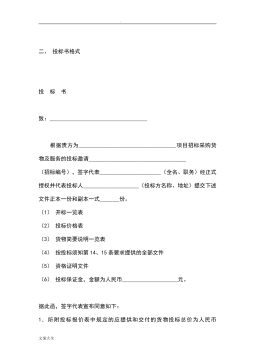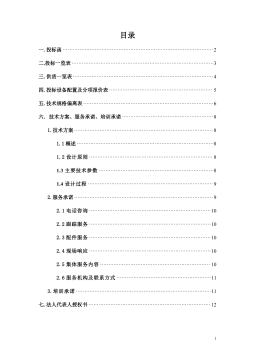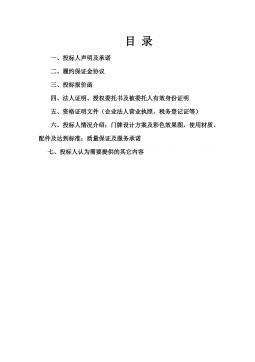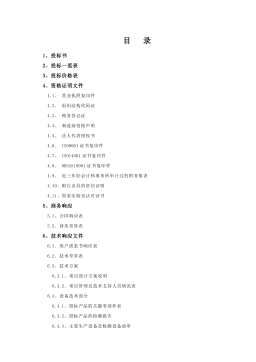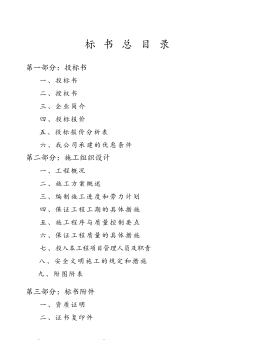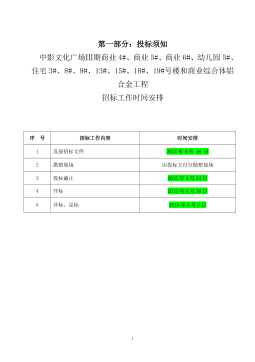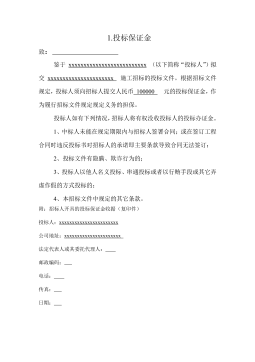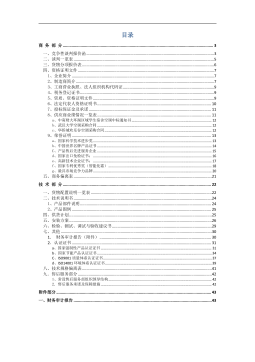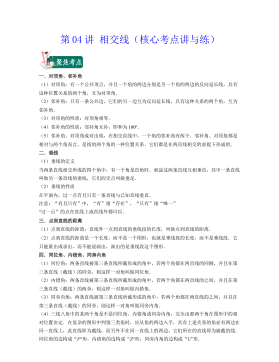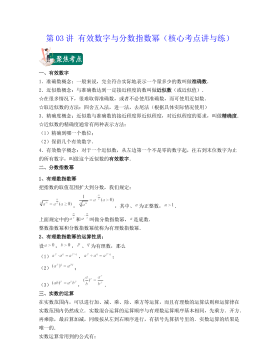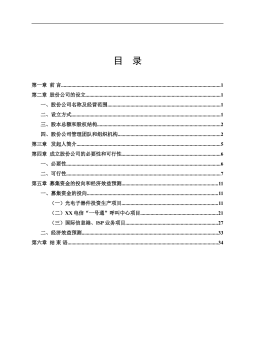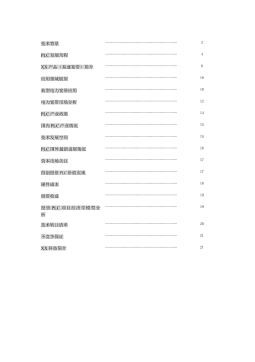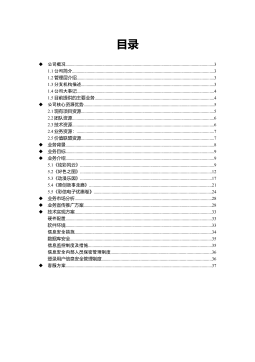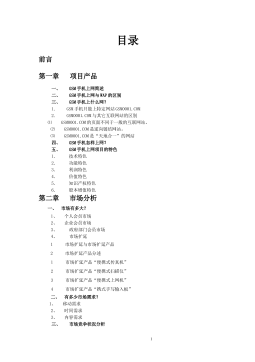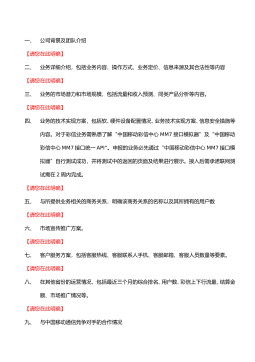湖州市旅游空间结构优化研究
VIP免费
浙江财经学院硕士学位论文
I
摘要
根据服务对象来定义旅游产业,可将旅游产业定义为一切为旅游者提供旅游
活动所必需的有形产品和无形产品的行业群体组成的集合。旅游市场和旅游景区
系统的空间结构是旅游企业空间区位选择的重要影响因素,旅游企业空间区位选
择是旅游空间结构形成的重要产业机理,两者互为影响因素。因此优化旅游空间
结构,有利于旅游产业中微观主体的有序发展,有利于旅游产业整体的可持续发
展。随着我国旅游业的不断发展、交通运输条件的不断改进和区域经济一体化进
程的加快,非中心旅游地区旅游业实现跨越发展并带动所在区域经济发展的步伐
越来越明显。关于区域旅游空间结构方面的研究受到政府部门和学术界的关注。
国内外学者采用空间分区描述、空间聚类和旅游流等方法从旅游目的地空间组织
形态,旅游地之间相互作用,旅游空间结构演化模式等多个角度进行旅游空间结
构的研究,但对于非中心旅游城市的旅游空间结构优化问题较少涉及。中小城市
旅游空间结构的优化,并与更大空间范围的旅游资源进行整合、衔接,成为目前
非中心旅游地区旅游产业发展新的突破点。
湖州市作为非中心旅游地区,其旅游资源、区位优势都具有明显特征,近几
年旅游业发展迅速,已成为全市发展现代服务业的主要突破口和新的经济增长点。
2010 年5月,国务院正式批准实施《长江三角洲地区区域规划》,提出该区域发展
“一核九带”的战略构想,这促进长江三角洲地区空间结构由点轴式向网络式发展演
变,进一步凸显了湖州市在城市带中作为节点城市的优势。但湖州旅游业在取得
长足发展的同时也面临中心城区旅游业发展支撑薄弱,带动力不强,旅游景区竞
争力不足、市场吸引力下降等问题。如何按照旅游市场和旅游景区系统空间结构
特点,优化其空间结构,是湖州市旅游业今后发展所需要解决的核心问题。优化
主要为两个方面,即完善“两核心三组团”的旅游空间结构;加强“点-轴-面”交通体
系建设,促进湖州接轨长三角地区旅游系统。本论文的研究成果可能会对湖州市
建设生态旅游强市的决策具有一定的参考价值,对探索都市旅游圈与区域旅游一
体化也具有一定的实际意义。
关键词:湖州市;旅游业;空间结构;分形;聚集维数;关联维数
浙江财经学院硕士学位论文
II
ABSTRACT
According to the service objective, tourism industries can be defined as the
industry product group set to provide necessary tangible and intangible products which
tourism activities needed. The spatial structure of tourist market and scenic systems is
the important influence factors which tourist enterprise spatial location selection, tourist
enterprise space location selection is an important industrial mechanism form of tourism
spatial structure; both are cause-and-effect relationship. Therefore, optimizing tourism
spatial structure of tourism industry is propitious to develop tourism
microcosmic subject orderly and the sustainable development of overall tourism
industry. With the development of tourism, the continuous improvement of
transportation conditions and regional economic integration, the non-center tourism
region achieving leaping development and driving the pace of the regional economic
development have become more and more obvious.Government departments and
scholars focus on the research of regional tourism spatial structure. There are many
aspects of study on tourism spatial structure by domestic and overseas scholars: space
partition description, spatial clustering and tourist flow method from the tourist
destination, tourism spatial organization form, the interaction between tourism
destination and spatial structure evolution model, but the research on optimization of
spatial structure in non-central tourist cities is not so much. The spatial struction
optimization and integration,cohesion with large space range of tourism resource in
small and medium-sized cities have become a difficulty about tourism resources
development and tourism spatial struction optimization of non-center tourism district.
Huzhou as an uncenter tourism district,its tourism resources and geographical
advantage has obvious characteristic, the rapid development of tourism has become the
major breakthrough in the development of modern service industry and the new
economic growth point in recent years. The state council approved implement 《The
regional planning of the Yangtze River Delta》by may,2010. The spatial structure of
Yangtze river delta region become from the pole-axis to network pattern, highlights the
advantage of Huzhou as a city node. Tourism in Huzhou has substantial development;
however, at the same time there are several problems such as the weak development of
center city tourism region, tourism competitiveness, market less attractive. It’s the core
problems needed for the future development of Huzhou tourism that optimizes the
浙江财经学院硕士学位论文
III
tourism spatial struction, according to the spatial structure characteristics of market and
tourism scenic system. In this paper, according to the quantitative analysis of the tourist
market and tourist scenic system spatial structure, there are two mainly aspects of the
spatial struction optimization in Huzhou: Optimization “two core three groups” of
tourism spatial structure;To strengthen the construction of “pole-axis-plate” traffic
system,prommting Huzhou connected Yangtze delta area tourism system.The research
achievement has certain reference value to the decision on constructing of ecological
tourism in huzhou, also has certain practical significance on exploring urban and
regional tourism integration.
Key words: Huzhou city; tourist industry; fractal; spatial structure; aggregation
dimension;correlation dimension
摘要:
展开>>
收起<<
浙江财经学院硕士学位论文I摘要根据服务对象来定义旅游产业,可将旅游产业定义为一切为旅游者提供旅游活动所必需的有形产品和无形产品的行业群体组成的集合。旅游市场和旅游景区系统的空间结构是旅游企业空间区位选择的重要影响因素,旅游企业空间区位选择是旅游空间结构形成的重要产业机理,两者互为影响因素。因此优化旅游空间结构,有利于旅游产业中微观主体的有序发展,有利于旅游产业整体的可持续发展。随着我国旅游业的不断发展、交通运输条件的不断改进和区域经济一体化进程的加快,非中心旅游地区旅游业实现跨越发展并带动所在区域经济发展的步伐越来越明显。关于区域旅游空间结构方面的研究受到政府部门和学术界的关注。国内外学者采用...
作者:李佳
分类:高等教育资料
价格:150积分
属性:49 页
大小:706.28KB
格式:PDF
时间:2024-09-20


